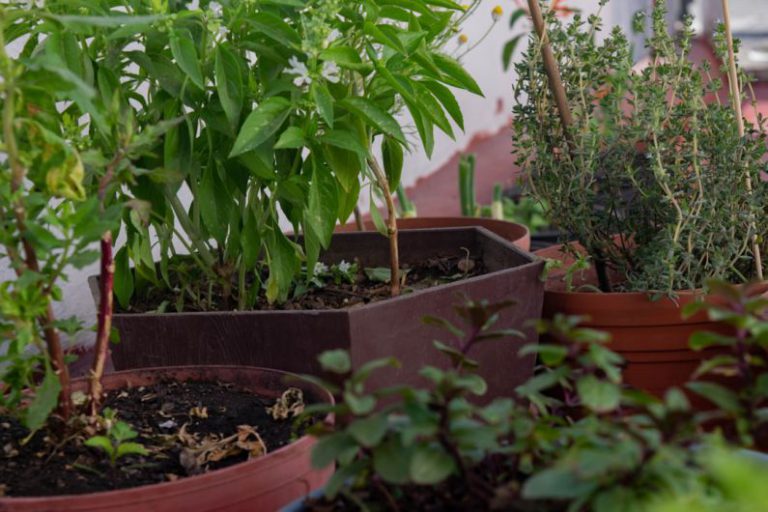How to Insulate Your Home Naturally?
Insulating your home is essential for maintaining a comfortable temperature and reducing energy consumption. While there are many traditional insulation methods available, they often involve the use of synthetic materials that can harm the environment. Luckily, there are several natural and eco-friendly alternatives that you can use to insulate your home effectively. In this article, we will explore some of these natural insulation methods that can help you create a more sustainable and energy-efficient living space.
1. Use Recycled Materials
One of the easiest and most cost-effective ways to insulate your home naturally is by using recycled materials. These materials can include newspapers, cardboard, old denim, and even wine corks. By repurposing these items, you are not only reducing waste but also creating a thermal barrier in your home. For example, you can stuff old newspapers into gaps and cracks in your walls to prevent drafts and heat loss.
2. Install Insulated Curtains
Insulated curtains are an excellent way to naturally insulate your home while adding a touch of style to your windows. These curtains are made from thick, heavy fabrics that provide an extra layer of insulation. The fabric traps air between the curtain and the window, preventing heat loss during the winter and heat gain during the summer. Additionally, insulated curtains can help reduce noise pollution, making your living space more peaceful and quiet.
3. Seal Gaps and Cracks
Gaps and cracks in your home’s structure can lead to significant energy loss. By sealing these gaps, you can improve your home’s insulation and reduce energy consumption. There are several natural options for sealing gaps, such as using caulk made from eco-friendly materials like silicone or linseed oil. You can also use weatherstripping tape or foam to seal gaps around windows and doors.
4. Utilize Natural Fibers
Natural fibers, such as wool and hemp, are excellent insulators that can be used in various parts of your home. Wool, for example, is a highly effective insulator that can be used in the form of batts or loose fill to insulate walls, floors, and attics. Hemp is another natural fiber that offers excellent thermal insulation properties. It can be used to insulate walls, roofs, and floors, providing a sustainable and eco-friendly solution for your home insulation needs.
5. Create Living Walls
Living walls, also known as green walls, are an innovative way to insulate your home naturally. These walls are made up of plants that are grown vertically, either on the exterior or interior of your home. The plants act as a natural insulator, reducing heat loss in the winter and heat gain in the summer. Additionally, living walls help improve air quality by filtering pollutants and releasing oxygen.
6. Install Double Glazed Windows
Double glazed windows are an excellent investment for natural home insulation. These windows consist of two layers of glass with a gap in between, which is filled with air or gas. This design provides better insulation than single-pane windows, reducing heat transfer and noise pollution. Double glazed windows can help maintain a comfortable temperature in your home year-round and reduce your reliance on heating and cooling systems.
In conclusion, insulating your home naturally is not only better for the environment but also for your energy bills. By using recycled materials, installing insulated curtains, sealing gaps, utilizing natural fibers, creating living walls, and installing double glazed windows, you can significantly improve your home’s insulation and reduce energy consumption. These eco-friendly methods will not only make your home more comfortable but also contribute to a healthier and more sustainable living environment. So why wait? Start implementing these natural insulation methods today and enjoy the benefits for years to come.







